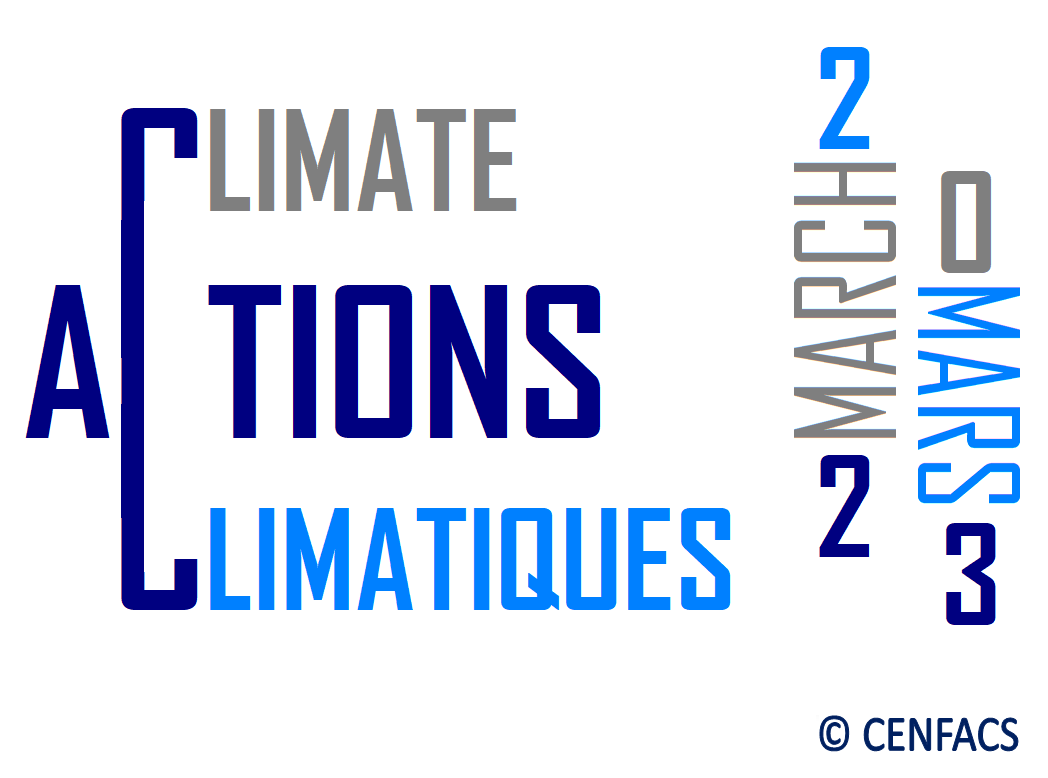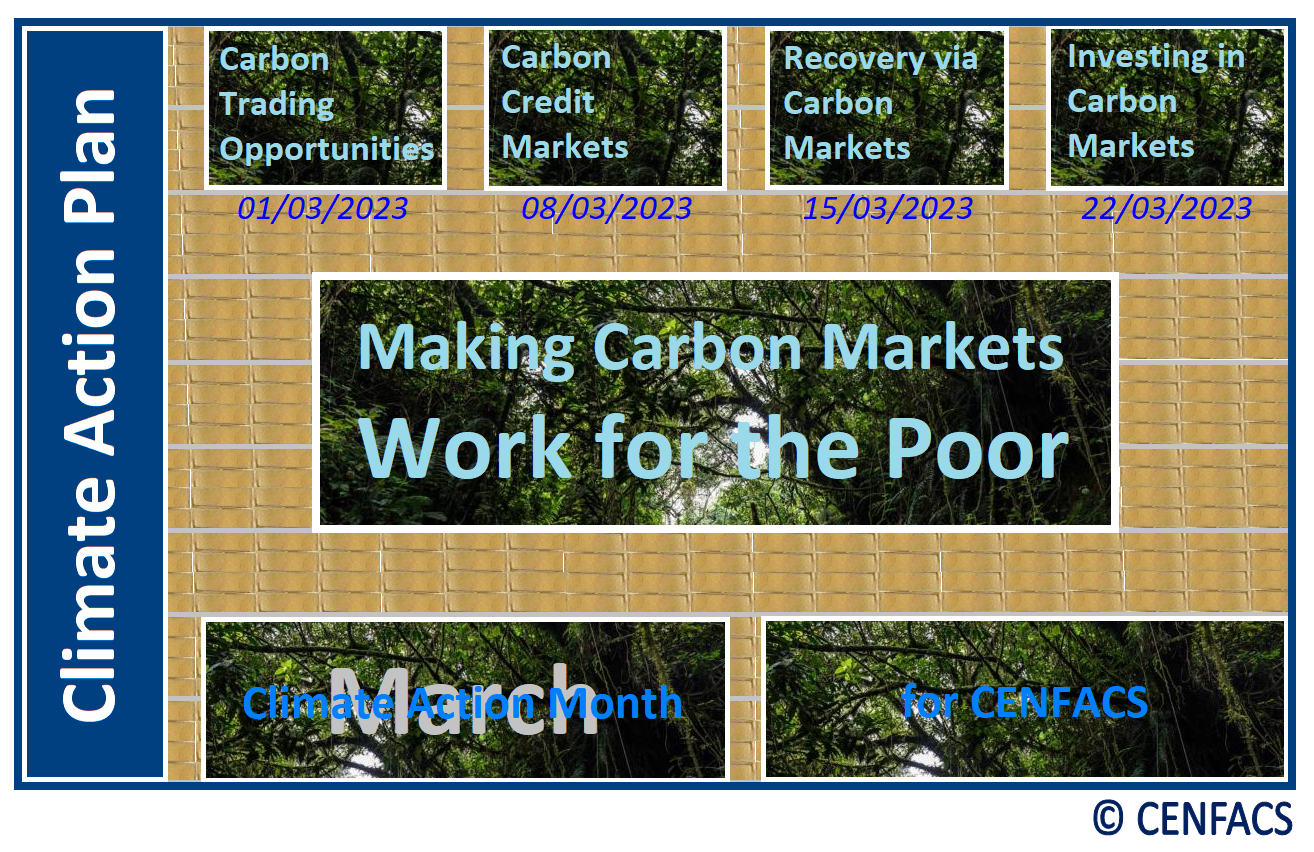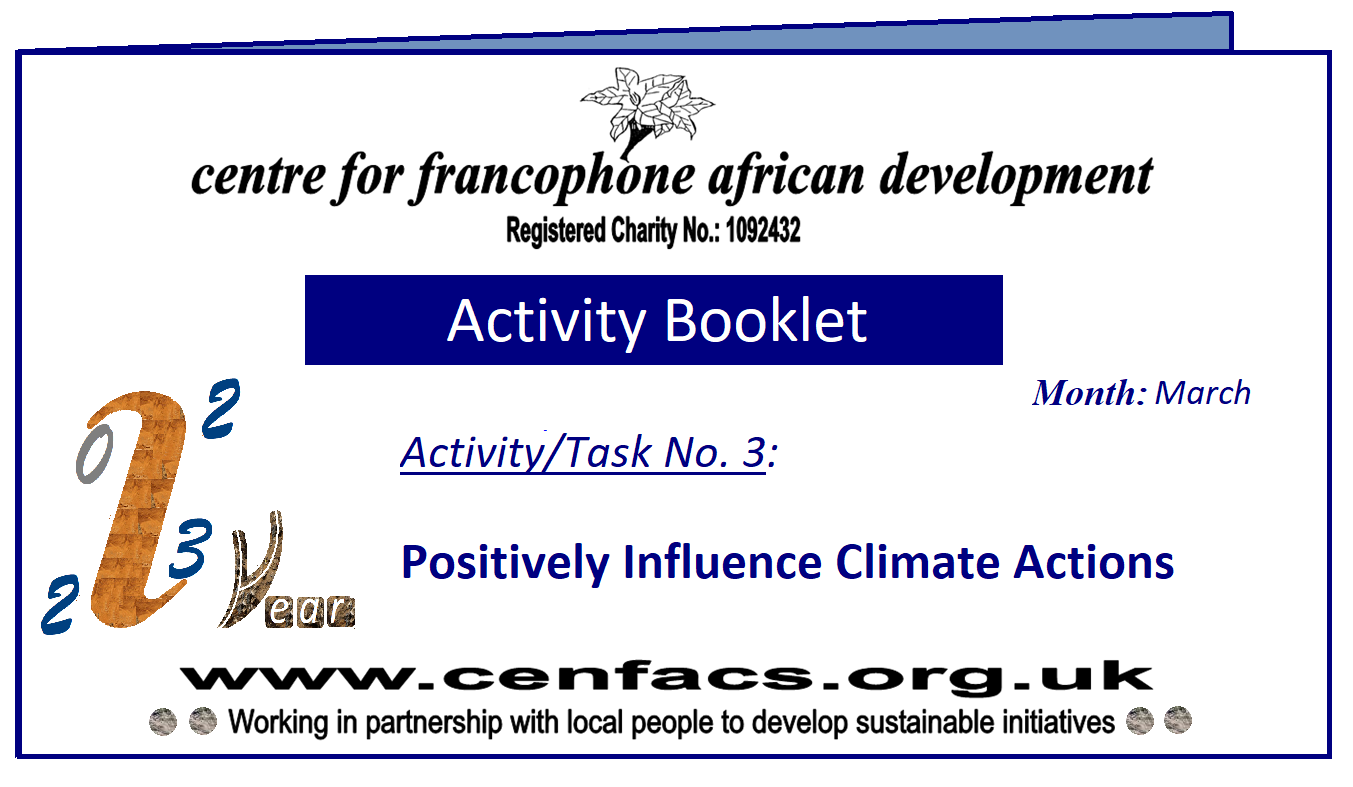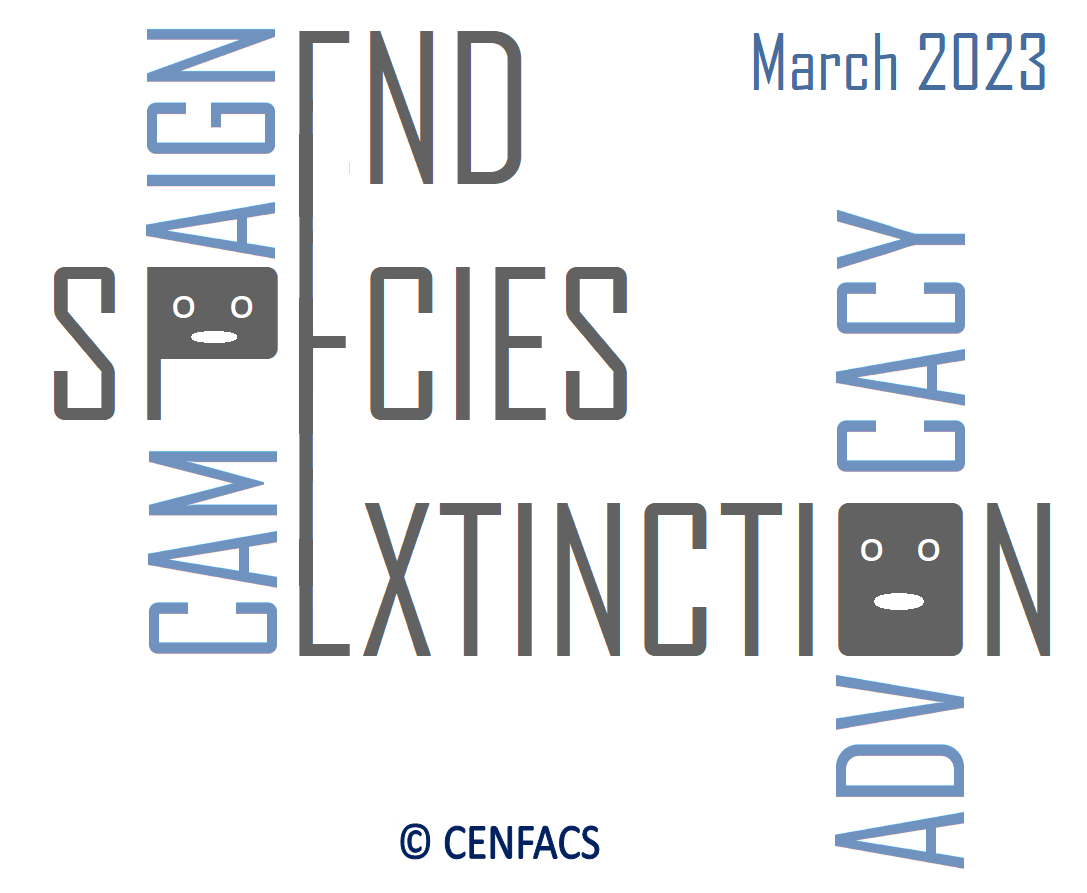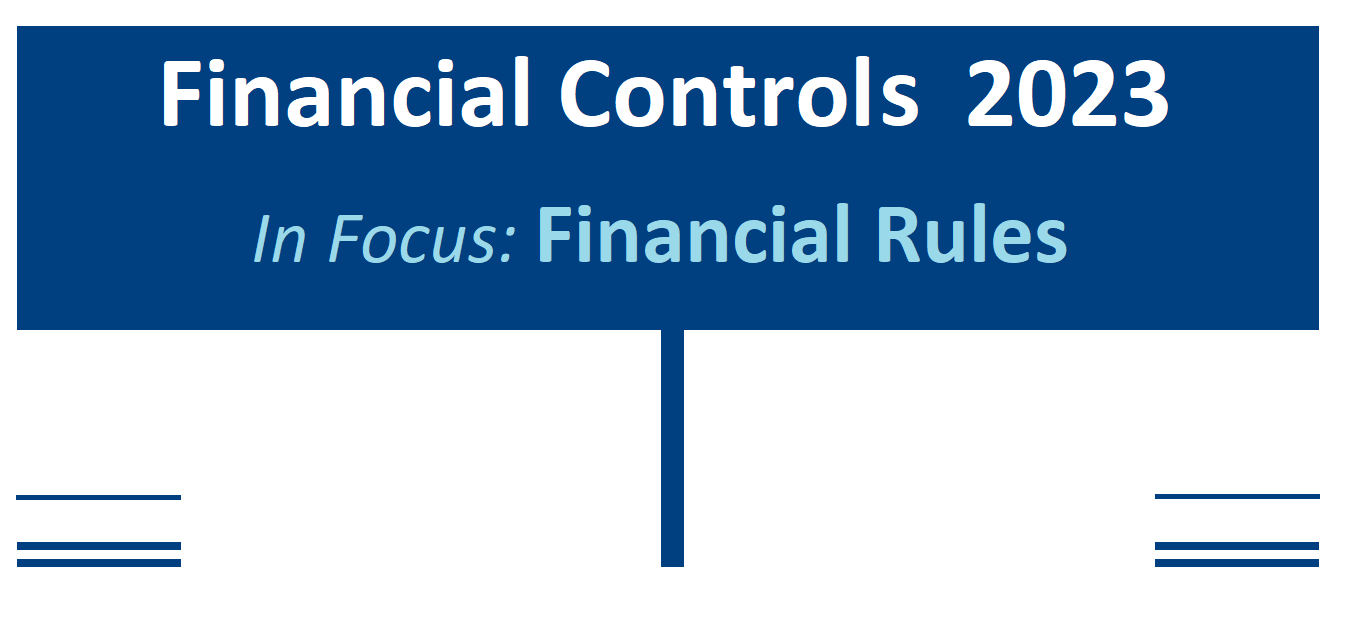Welcome to CENFACS’ Online Diary!
01 March 2023
Post No. 289
The Week’s Contents
• Climate Actions March 2023 with ‘Making Carbon Markets Work for the Poor’
• Climate Protection and Stake for African Children (Phase 3.2)
• Activity/Task 3 of the ‘i‘ Project: Positively Influence Climate Actions
… And much more!
Key Messages
• Climate Actions March 2023 with ‘Making Carbon Markets Work for the Poor’
This year’s Climate Actions Month within CENFACS will be about acting on carbon markets to reduce or end greenhouse gas emissions while making the same markets work for the poor.
Indeed, emissions trading or markets in which players (or emitters) are working with allowances of carbon emissions (or credits) can provide the possibility to reduce greenhouse gas emissions. If they can provide this sort of emissions reduction scope, then they should be encouraged and extended.
It will as well be good if these markets work for the poor. This is because like anybody else, poor people suffer from the consequences of greenhouse gas emissions which could lead or exacerbate climate poverty. So, Making Carbon Markets Work for the Poor will be the theme for this month of March 2023, Month of Climate Actions. In other words, the idea to be developed and repeated throughout March 2023 is how poor people can benefit from carbon markets. To explain that, we are going to develop four key notes for our theme every Wednesday of March 2023 (one note per Wednesday), starting from 1 March 2023.
Additionally, this year’s Month of Climate Actions will look at one of the outcomes from the 27th session of the Conference of the Parties (COP27) to the United Nations Framework Convention on Climate Change (1). This outcome is the creation of ‘loss and damage’ funds to help vulnerable countries cope with the destructive impacts of global warming. In particular, we shall discuss how these funds will contribute to our climate ask, which is ‘giving poor children a climate stake‘ in rescuing and rebuilding their physical and social infrastructures devastated by extreme weather.
For those who would like to get more informed about this first key message, they can read under the Main Development section of this post.
• Climate Protection and Stake for African Children (Phase 3.2)
CENFACS’ Climate Talks Follow-up Project is still in Phase 3.2, which is of the Implementation Level of ‘Taking Climate Protection and Stake for African Children’. We are now at the Installation Sub-phase (or Sub-phase 2) of this project.
In this Phase 3.2, we followed the 27th session of the Conference of the Parties (COP27) to the United Nations Framework Convention on Climate Change which was held in Sharm El-Sheikh (Egypt) in 2022. We are continuing to work on the outcomes of the COP27 and on CENFACS’ Compendia of Climate Advocacy. Our next follow-up will be on the United Nations climate talks 2023.
• • 2023 Climate Talks Follow-up
The United Nations climate talks 2023, which will be held during the 28th session of the Conference of the Parties (COP28) to the United Nations Framework Convention on Climate Change (2), will be convened in Dubai (United Arab Emirates) from 30 November to 12 December 2023.
This month, we will start the planning process of this follow-up. The slogan for this 2023 follow-up will be: Dubai Raise Children’s Ambitions and Hopes. Let us we hope that the coming Dubai climate gathering will raise climate ambitions and hopes for children. Let us also expect that the voices of youth and future generations will resonate during COP28 as they were included in COP27, and youth-led solutions to climate change will find accommodation in COP28.
More details about this follow-up will be unveiled as we move towards the COP28 starting day. For those who have any queries about this 2023 Climate Talks Follow-up, they are free to get in touch with CENFACS.
To support and or enquire about CENFACS’ 2023 Climate Talks Follow-up and the Phase 3.2, please contact CENFACS.
To find out more about CENFACS’ Compendia of CENFACS’ Climate Advocacy, please also communicate with CENFACS.
• Activity/Task 2 of the ‘i‘ Project: Positively Influence Climate Actions
This month’s activity or task for the ‘i‘ project is to positively influence climate actions. We know that climate actions are not new to many people including the members of CENFACS Community. Many of you are already taking climate actions of all kinds in all walks of life.
However, because we are carrying on this activity or task 2 of the ‘i‘ project, we are asking to those who can to take climate further actions by having indirect effect on people and factors capable of lowering greenhouse gas emissions. In particular, one can influence people and or factors to
~ Strengthen resilience and adaptive capacity to climate disasters
~ Keep raising awareness on climate change impact reduction
~ Continue to integrate climate change measures into your/people’s daily lives.
The above-named actions are part of Goal 13 of the United Nations Sustainable Development Goals (3).
Briefly, you can exercise your power by taking action to combat climate change and its impacts. If you are already doing it, you can even increase the power of your action.
For those members of our community who would like to positively influence climate actions with us, and who would like to talk to us; they should not hesitate to contact us.
To contact CENFACS, please use the details provided on the contact-us page of this site.
Extra Messages
• Nature Projects and Nature-based Solutions to Poverty – Activity for Week Beginning 27/02/2023: Campaign/Advocacy to Halt Human-induced Extinction of Threatened Species
• All-year Round Projects Cycle (Triple Value Initiatives Cycle) –Step/Workshop 2: Preparing your Play, Run and Vote Project
• Financial Controls 2023 for Households – In Focus: Financial Rules
• Nature Projects and Nature-based Solutions to Poverty –
Activity for Week Beginning 27/02/2023: Campaign/Advocacy to Halt Human-induced Extinction of Threatened Species
The activity on Species Extinction (Activity 2) is about finding life-saving solutions/ways of halting human-induced extinction of known threatened species. Before explaining this activity, let us clarify the meaning of species extinction and threatened species.
• • Meaning of species extinction and threatened species
To specify species extinction and threatened species, we are going to refer to the Oxford Dictionary of Environment and Conservation written by Chris Park (4). In this dictionary, it says that
“Extinction is the permanent disappearance of a species throughout its entire range, caused by the failure to reproduce and the death of all remaining members” (p. 164)
In the same dictionary, it states that
“Species is a population of organisms that reproduce with one another but not with other populations” (p. 422)
“Threatened species are a category of species under threat […]. The categories within this group are extinct, endangered, vulnerable, rare and indeterminate” (p. 450)
Knowing what is species extinction, it is possible to proceed with Activity 2.
• • What Activity 2 entails
Activity 2 will be conducted in the form of campaign or advocacy. It will be an organised series of actions to build up opposition to species extinction or alternatively an active support of species protection.
Under Activity 2, one can undertake different types actions such as signing a petition against species extinction, joining a local species protection group, adding their voices to mobilisation movements aiming at protecting species, etc. Alternatively, one can support CENFACS‘ anti species extinction initiatives such the Big Beasts Campaign, Save Fauna and Flora, Safeguard Crop Wild Relatives, etc.
For those who would like to engage with Activity 2, they should not hesitate to contact CENFACS.
For those who would like to find out more about Nature Projects and Nature-based Solutions to Poverty, they can also communicate with CENFACS.
• All-year Round Projects Cycle (Triple Value Initiatives Cycle) –
Step/Workshop 2: Preparing your Play, Run and Vote Projects
Once you have identified your idea of your Play, Run and Vote Projects; you can start the preparation step. What is this preparation about?
Preparing your Play or Run or Vote project is about ensuring that they are feasible and appropriate, and can be successfully implemented. It is also the step you try to de-risk and conceptualise them.
For example, if you choose to play the CENFACS League for Poverty Reduction, you need to be aware of three basic principles:
a) Your Play project is feasible, appropriate and can be successfully implemented; in other words it is SMART (that is Specific, Measurable, Achievable, Realistic and Time-bound)
b) You need as well to de-risk your Play project from the risk of not researching enough information or not having enough data about poverty reduction efforts or achievements of the selected African countries in your league model are making
c) You finally have to reduce any information gaps when comparing and contrasting African countries in order to get reliable results in your sample.
For those who are not familiar with project preparation and would like some support, they should not hesitate to contact CENFACS.
They can contact CENFACS by phoning, texting, e-mailing and completing the contact form on this website. We can together discuss in detail their proposals about either their Run or Play or Vote project.
• Financial Controls 2023 for Households – In Focus: Financial Rules
Any households can set up some financial rules if they want to have their finances under control. Some of these rules are called rules of thumb. But what are financial rules for households?
• • Financial rules for households
Financial rules for households are simply agreements on how households would like to look after their money. These rules can be written or verbal or in any suitable format as long as they know them, understand them and agree to apply them for the best financial wellbeing of households.
• • Contents of financial rules for households
They can include the following:
σ Plan about household budgets
σ Kinds of financial records to keep or destroy
σ Agreements on bank accounts or ways of keeping money
σ Who can act as households’ treasurer or financial data controller
σ Tasks relating to financial years-end accounts
σ Items to pay by cash or online or credit
σ Times and days to hold financial meetings to discuss money within households
Etc.
• • Examples of financial rules for households
The following are some illustrations of financial rules for households:
σ Rule relating to budgeting
Households can use the 50/30/20 rule for budgeting. Under this rule, 50% of their income will be allocated to non-discretionary expenses (such as housing and utility bills), 30% to discretionary expenses (like entertainment) and 20% to financial goals (e.g., saving for emergencies or paying off debts).
σ Rule for saving
They can set up a three to six months emergency fund rule. As a result of this rule, they need to have three to six months’ worth of savings ready in case of emergency.
σ Rule for running bank accounts
They can decide to have a current account, to open up a joined bank account to pay all your bills; just as they can set up direct debit on their account to pay all their bills (like council tax, utility bills, etc.).
σ Rule for buying goods and services
They may decide filing all payments made and receipts from shopping, checking invoices before making any payments, recording all their insurance cover plans so that they do not miss their renewal dates or deadlines, etc.
The above-mentioned are just the few financial rules that households can set up for their effective running. These rules are there to support households and help them to develop a hassle-free management of their finances.
• • Working with users on matters relating to financial rules
We are prepared to work with some of our users who would like to set up and or develop financial rules for themselves or households. These rules can be set up and developed in any format (e.g., online, paper, verbal, etc.) as long as one understand what they mean by financial rules and willing to apply them. We can as well share resources and examples of financial rules relating to households with those who may be interested in.
Need support regarding your financial controls and in particular financial rules for your household, please do not hesitate to contact CENFACS.
Message in French (Message en français)
Mois de l’action pour le climat avec « Faire en sorte que les marchés du carbone fonctionnent pour les pauvres »
Cette année, le Mois de l’action pour le climat au sein du CENFACS consistera à agir sur les marchés du carbone pour réduire ou mettre fin aux émissions de gaz à effet de serre tout en faisant en sorte que les mêmes marchés fonctionnent pour les pauvres.
En effet, l’échange de droits d’émission ou les marchés sur lesquels les acteurs (ou émetteurs) travaillent avec des quotas d’émission de carbone (ou des crédits) peuvent offrir la possibilité de réduire les émissions de gaz à effet de serre. S’ils peuvent fournir ce type de marge de manœuvre de réduction des émissions, ils devraient être encouragés et étendus.
Ce sera aussi bien si ces marchés fonctionnent pour les pauvres. En effet, comme tout le monde, les pauvres souffrent des conséquences des émissions de gaz à effet de serre qui pourraient conduire ou exacerber la pauvreté climatique. Ainsi, faire en sorte que les marchés du carbone fonctionnent pour les pauvres sera le thème de ce mois de mars 2023, mois d’actions climatiques.
En d’autres termes, l’idée à développer et à répéter tout au long du mois de mars 2023 est de savoir comment les pauvres peuvent bénéficier des marchés du carbone. Pour expliquer cela, nous allons développer quatre notes clés sous forme de lignes d’actions à mener pour notre thème tous les mercredis de mars 2023 (une note par mercredi), à partir du 1er mars 2023; notes qui sont:
a) Faire en sorte que les opportunités d’échange de droits d’émission de carbone atteignent les pauvres (Action 1)
b) Influencer le marché des crédits carbone volontaires qui favorise des moyens de subsistance durables pour les communautés pauvres (Action 2)
c) Inciter le marché du carbone à faire partie de la reprise économique (Action 3)
d) Investir dans le marché du carbone qui accélère l’action climatique pour les pauvres (Action 4).
En outre, le Mois de l’action pour le climat de cette année examinera l’un des résultats de la 27e session de la Conférence des Parties (COP27) à la Convention-cadre des Nations Unies sur les changements climatiques (op.cit.). Ce résultat est la création d’un fonds de « pertes et dommages » pour aider les pays vulnérables à faire face aux impacts destructeurs du réchauffement climatique. En particulier, nous discuterons de la manière dont ces fonds contribueront à notre demande climatique, qui consiste à « donner aux enfants pauvres un intérêt climatique » dans le sauvetage et la reconstruction de leurs infrastructures physiques et sociales dévastées par des conditions météorologiques extrêmes.
Pour ceux ou celles qui voudraient s’informer davantage sur ce premier message de mars 2023, ils/elles peuvent contacter le CENFACS.
Main Development
• Climate Actions March 2023
Theme: Making Carbon Markets Work for the Poor
The following items are the ones shaping the content of our Climate Action Month and its theme:
a) Meaning of the climate action
b) Direct and indirect climate actions
c) Understanding jargons used in carbon markets
d) The expression ‘working for the poor’
e) Work plan for Climate Action March 2023
f) Action 1: Make Opportunities in Carbon Trading Reach the Poor.
Let us look at the contents of our Climate Action Month.
• • Contents of 2023 Climate Action Month
Before kicking off our action, let us precise the working definitions to be used for climate action.
• • • Meaning of the climate action
Climate action is an activity of engaging and putting ideas into practice to deal with any natural or induced change in the long term average weather conditions of a place, especially when this change adversely affects people’s and communities’ lives and livelihoods. In other words, it is any effort to mitigate the adverse effects of this change by reducing greenhouse gas emissions while strengthening capacities and resilience to climate-induced impacts.
Climate action is also the 13th Goal of the United Nations’ (op. cit.) 17 Sustainable Development Goals and 2030 Agenda.
In the context of CENFACS’ Climate Action Month for this year, climate action is about acting on carbon markets to reduce or end greenhouse gas emissions while making the same markets work for the poor.
These climate actions or efforts could be direct or indirect.
• • • Direct and Indirect Climate Actions
Direct climate actions can directly lead to outcomes such as reductions of greenhouse gas emissions, poor quality air, pollution, etc. They could also include the increase in the number of poor people benefiting from carbon markets through projects generating greenhouse gas emissions reductions or removals.
As to indirect climate actions, they can help to keep the advocacy and campaign about measures and activities to be carried out to reduce the adverse impacts of climate change going. Examples of such indirect climate actions will include the prevention of the next pandemic to happen, a campaign to halt human-induced extinction of known threatened species, etc.
Without breaking climate actions into direct and indirect ones, the coming periods and sub-themes of climate action will guide our readers and audiences about the kind of climate actions CENFACS is conducting this month. This guidance will help those who may be interested to join in. But, before that let us try to briefly explain the concept of carbon markets and other concepts linked to it.
• • • Understanding jargons used in carbon markets
Our Climate Action March 2023 uses three climate jargons which need some clarification. These concepts are carbon credit, carbon market and carbon offsetting.
a) Carbon market
There are many ways of defining or explaining carbon market.
From the glossary of Market Business News (6),
“The carbon market is a market in which we trade carbon emission allowances. The market aims to encourage companies to limit their emissions of CO2. It also wants to encourage countries to reduce their emissions”.
According to ‘theconversation.com’ (7),
“Carbon markets are trading platforms which allow individuals, firms and governments to find projects that reduce emissions (instead of reducing their own emissions)”.
Carbon markets can be mandatory or run as voluntary programmes. Mandatory carbon markets operate as cap- and -trade programmes with rules and requirements (that is, regulated by laws).
b) Carbon credit
The glossary (op. cit.) states that carbon credit is
“A financial unit of measurement. It represents the removal of one tCO2e from the atmosphere. tCO2e stands for tonne of carbon dioxide equivalent.”
c) Carbon offsets
According to ‘rbcgam.com’ (8),
“Carbon offsets are credits provided to a project or entity for their removal or reduction of emissions”.
The glossary (op. cit.) states that
“Carbon offsetting is the process by which companies and households can compensate for the release of greenhouse gas emissions”.
These jargons will enable to understand and carry out the current climate actions.
• • • The expression ‘working for the poor‘
Although there are agreements and disagreements regarding the benefits resulting from carbon markets, it is possible to focus on the probable positive effects of these markets. Among the benefits stemming from carbon markets, it is argued that carbon markets would accelerate actions to combat climate change and deliver much-needed co-benefits for nature and people.
If this is the case, it is possible to think that these co-benefits will reach the poor. For these benefits reach them, actions need to be taken. In other words, to make carbon markets work for the poor, one needs to plan and take action for this to happen; otherwise these benefits will not trickle down by themselves.
• • • Work Plan for Climate Action March 2023
From every Wednesday of this month, the following Climate Actions have been planned:
∝ Action 1: Make Opportunities in Carbon Trading Reach the Poor (01 to 07/03/2023)
∝ Action 2: Influence Voluntary Carbon Credit Markets foster sustainable livelihoods for poor communities (08 to 14/03/2023)
∝ Action 3: Induce Carbon Markets be part of Recovery from the poly-crisis (15 to 21/03/2023)
∝ Action 4: Invest in Carbon Markets or Credits that accelerate climate action for the poor (22 to 28/03/2023).
Within the above broad actions, there will be specific actions to be taken. Finally, there will be impact monitoring and evaluation from 29 to 31/03/2023 to end the Climate Action March 2023.
• • • Action 1: Make Opportunities in Carbon Trading Reach the Poor
This Action will be held from 01 to 07/03/2023.
To enable to take the first action, we have organised the following notes:
σ Opportunities in carbon trading
σ Reaching the poor through carbon opportunities
σ African Carbon Market Initiatives
σ Make Opportunities in Carbon Trading Reach the Community and Africa-based Sister Organisations.
• • • • Opportunities in carbon trading
Carbon emissions trading or carbon markets can allow to sell and buy carbon allowances and offsets. These markets provide opportunities to those engaged in them to meet their objectives and carbon emissions reduction goals. They give opportunities to incentivize emissions reduction and meet net-zero emissions goals if these markets are well-functioning.
• • • • Reaching the poor through carbon opportunities
Incentivizing emissions reduction and meeting net-zero emissions goals are welcome. However, they will be even more desirable if these markets reach as well the poor. The poor are those in many parts of the world, including in Africa, are sometimes bearing the brunt of the greenhouse gas emissions.
For example, climate projects like reforestation, forest conservation, carbon-storing agricultural practices, etc. in poor communities or areas can help to reach out to the poor crowding in these communities. Taking action by promoting this sort of projects or initiatives can help to reach the poor.
• • • • African Carbon Market Initiatives
There are many types of initiatives in the form of carbon cap- and -trade programmes and voluntary schemes which are now operating with their trumps and limits. One of the initiatives we would like to mention as part of the Climate Action Month within CENFACS is the African Carbon Markets Initiative (9) which was launched at COP27.
The African Carbon Markets Initiative plans to develop projects such as diesel replacement credits and biodiversity credits as well as country carbon activation plans. One can hope that this new initiative will be able to decisively act in provide new carbon credits to carbon offset projects as planned.
• • • • Make Opportunities in Carbon Trading Reach the Community and Africa-based Sister Organisations (ASOs)
Carbon trading or emissions trading or even carbon markets are primarily designed to trade carbon emission allowances or emissions reduction rights among each other. However, it will be good if the benefits resulting from these these opportunities in carbon trading reach everybody, in particular the poor.
To act so that these opportunities reach our community and ASOs, we have organised ourselves to provide Information and Guidance to those members of our community who would like to find out more about this line of support. Likewise, those ASOs that would like to work on opportunities relating to carbon trading, they are welcome to contact CENFACS should they have any queries or enquiries they would like to make.
To end the Main Development section of this post, we would like to remind our readers and audiences that climate action is about action, not words only. We have only written these notes to guide us and galvanise our action. This is because to take action, one needs a roadmap or simply to say how they are going to conduct this action.
For ASOs and those members of our community who are interested in the first action of our Climate Action Month, action which is Make Opportunities in Carbon Trading Reach the Poor; they are welcome to contact CENFACS.
For any other queries and enquiries about CENFACS‘ Climate Action Month, the theme of ‘Making Carbon Markets Work for the Poor’ and the first action; please do not hesitate to contact CENFACS.
_________
• References
(1) https://www.carbonbrief.org/cop27-key-outcomes-agreed-at-the-un-climate-talks-in-sharm-el-sheikh/ (Accessed in February 2023)
(2) https://www.cop28.com/en/ (Accessed in February 2023)
(3) https://sdgs.un.org/2030agenda (Accessed in February 2023)
(4) Park, C. (2011), A Dictionary of Environment and Conservation, Oxford University Press, Oxford & New York
(5) https://marketbusinessnews.com/financial-glossary/carbon-market/ (Accessed in February 2023)
(6) https://theconversation.com/climate-change-africa-has-a-major-new-carbon-market-initiative-what-you-need-to-know-196071 (Accessed in February 2023)
(7) https://www.rbcgam.com/en/ca/article/understanding-carbon-market/detail (Accessed in February 2023)
(8) https://climatechampions.unfccc.int/africa-carbon-markets-initiative-announces-13-action-programs/ (Accessed in February 2023)
(9) https://fsdafrica.org/press-release/leveraging-the-african-insurance-industry-to-create-resilient-african-economies/# (Accessed in February 2023)
_________
• Help CENFACS keep the Poverty Relief work going this year
We do our work on a very small budget and on a voluntary basis. Making a donation will show us you value our work and support CENFACS’ work, which is currently offered as a free service.
One could also consider a recurring donation to CENFACS in the future.
Additionally, we would like to inform you that planned gifting is always an option for giving at CENFACS. Likewise, CENFACS accepts matching gifts from companies running a gift-matching programme.
Donate to support CENFACS!
FOR ONLY £1, YOU CAN SUPPORT CENFACS AND CENFACS’ NOBLE CAUSES OF POVERTY REDUCTION.
JUST GO TO: Support Causes – (cenfacs.org.uk)
Thank you for visiting CENFACS website and reading this post.
Thank you as well to those who made or make comments about our weekly posts.
We look forward to receiving your regular visits and continuing support throughout 2023 and beyond.
With many thanks.
